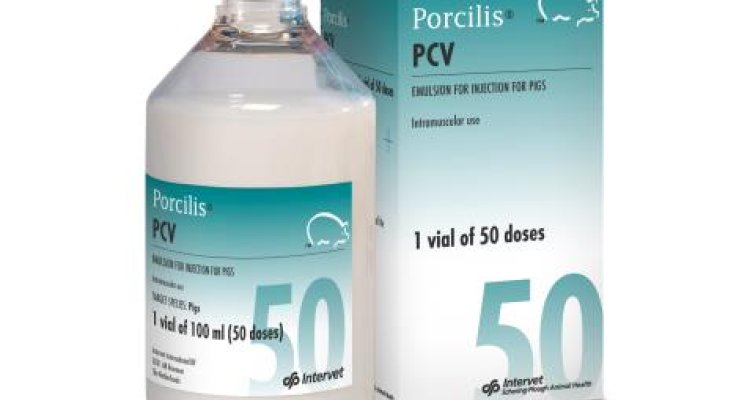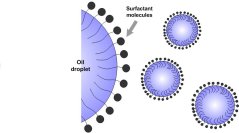
Thesis subject
Master (or internship) project at MSD Animal Health

SD Animal Health develops and produces vaccines and pharmaceutical specialties for livestock, companion animals and fish. Bioprocess Technology and Support Vaccine Manufacturing (BTS-VM), where this project will be based, is responsible for development of production processes and trouble shooting of vaccine formulations. Inactivated vaccines are generally formulated as oil-in-water (o/w) or water-in-oil (w/o) emulsions. The focus of this project is on studying the parameters that influence the stability of emulsion based formulations.

Background
Emulsions are thermodynamically unstable systems. Surfactants increase the stability of emulsions, through lowering the interfacial tension and forming an interfacial film at the oil-water interface. Polysorbates are commonly used non-ionic surfactants in food and pharmaceutical industry. They are composed of fatty acid esters of polyethoxy sorbitan; i.e. Polysorbate 80 (or Tween 80) is a polyoxyethylene sorbitan monooleate and Polysorbate 20 (or Tween 20) is a polyoxyethylene sorbitan monolaurate. However, commercially available polysorbates generally contain a complex mixture of esters of different polymeric groups and various fatty acid tails with multiple degrees of esterification. In their aqueous solutions, polysorbates are prone to degradation through different pathways. This variation in their composition, originating either from the process or their degradation during storage, might influence the functionality of polysorbates as surfactants.Objective and project description
The aim of this project is to investigate the physical-chemical properties of the emulsions that are formulated using polysorbates of varying properties (quality). Firstly, chemical composition and physical properties (e.g. surface tension, surface elasticity at air-water interface etc.) of polysorbates will be characterized by techniques such as RP-HPLC, MALDITOF-MS, drop tensiometer (PAT). Following this, w/o and o/w type emulsions will be prepared and their stability will be assessed by using light scattering (DLS, DWS), forced centrifugation (LUMifuge) and rheological methods.Practical information
This project will be supervised by Jack Nijholt and Dilek Saglam from MSD Animal Health and Leonard Sagis (Food Physics, Wageningen University). The experimental work will take place both at the WUR and laboratory facilities of MSD Animal Health in Boxmeer, NL. Interested students can contact Leonard Sagis (leonard.sagis@wur.nl) or Dilek Saglam (dilek.saglam-blokland@merck.com).